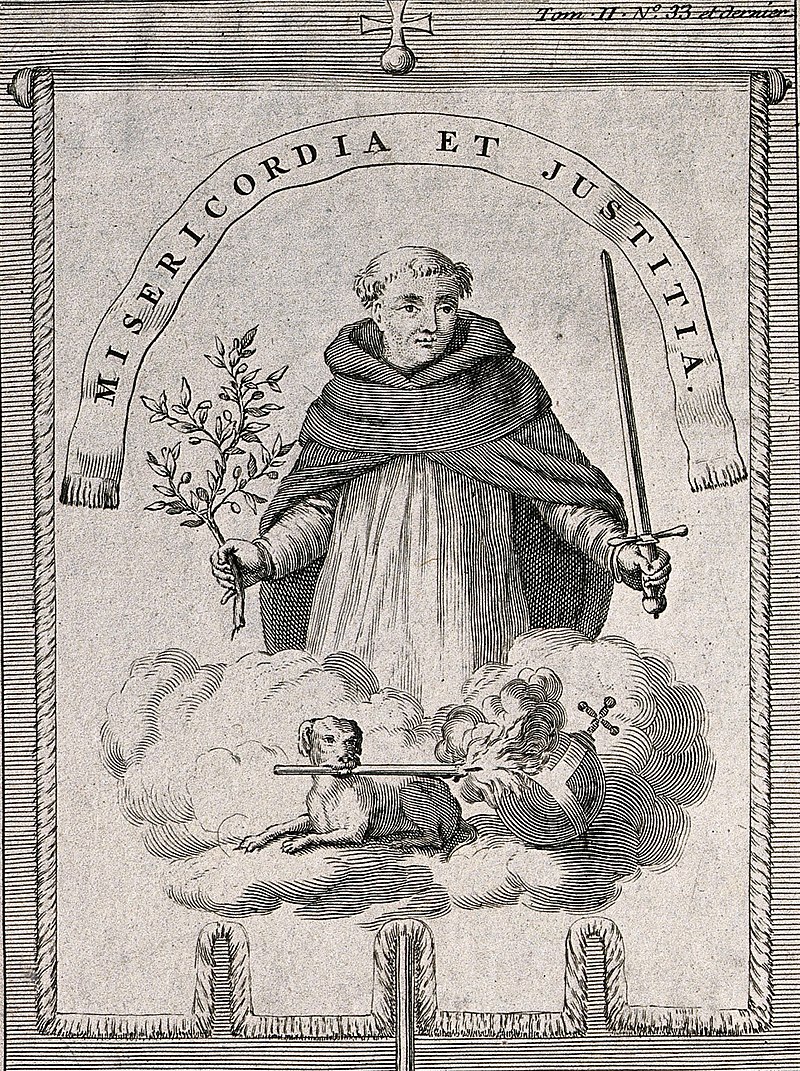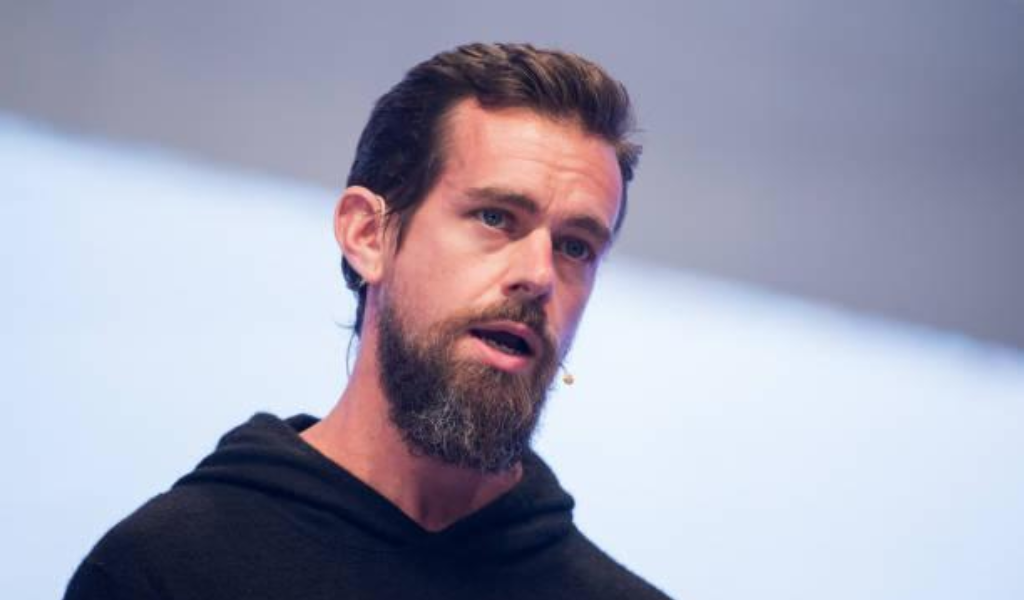#GoaInquisition: A Tortured History

During the period 1096 and 1271AD, the Crusades supported and directed by the Latin Church, went off to far lands to spread the message of "Christ the redeemer". Quite similarly, to maintain and impose Catholic Orthodoxy on the newly conquered territories, the Portugese empire indulged in what was termed as "Goa Inquisition", to counter the New Christians, who were accused of "secret adherance to Hinduism", and the Old Christian Nasranis, accused of "Judaising". The process punished those who had converted to Catholicism but were suspected of practising their previous religion in secret.
Renowned Indian historian Anant Priolkar published a book in the year 1961 titled "The Goa Inquisition, Being a Quatercentenary Commemoration Study of the Inquisition in India" which accounted a compendious account of the massacres of Hindus, Muslims, Buddhists, Indian Jews and non-Catholic Indian Christians by the Portuguese colonialists. It is estimated by the historians that nearly 70% of those found guilty of "Crypto-Hinduism" were executed, many prisoners were starved to death and racial discrimination against Indians was rampant and common during the Goa Inquisition proceedings.
Many intellectuals would argue that the Hindus of Goa converted to escape the pangs of the caste system but this argument is absolutely incorrect. After conversion, they were lumped into the same status within the Catholic system. For example, the Brahmin class became the Christian caste of Bamonn, the Shudras became Sudir. Therefore, the conversion was chiefly due to the evangelisation activities by the Portugese to lure the local population into a belief system by making benefits outweigh the costs. Historian José Gerson da Cunha argued:
"The spread of Christianity in the Southern Konkan was not a caste levelling process. It simply conciliated old prejudices with new privileges. A converted Brahman became a Christian in faith alone, retaining all the social rights of Hinduism, and transmitting all caste prerogatives, untainted by any admixture of foreign or low caste blood, through generations to his current aristocratic posterity."
The Portugese often looked down upon the native Christians. The colonialist's claim to sovereignty in the Indian subcontinent was rooted in the need to convert pagan souls. Politically speaking, the colonizers expected "conversion" to produce loyal, obedient vassals by establishing parameters for acceptable behavior, and any deviance would not be tolerated. Torture, persecution, maltreatment and the use of scourge became common terms for those who did not adhere to the principles of Christianization of Goa.

Ending the 451 years rule of Goa, Operation Vijay involved the use of air, land and sea by the Indian Armed Forces in the year 1961. The engagement lasted for over 36 years and Goa finally became an integral unit of the Indian Republic.

59 years after Goa was re-united with India, the atrocties committed by the erstwhile Portugese empire still looms large. December 19th is celebrated as the "Goa Liberation Day" in India each year and it is imperative that we teach our upcoming generations the truth behind the process of inquisition rather than living in an illusion painted by certain intellectuals with nefarious objectives. Many netizens took it to the social media platforms to highlight this long forgotton issue:

To know what has been trending on the digital media platforms, visit checkbrand.online which keeps you updated with the latest trends and helps to build a value for your brand.

The above picture seems like an ordinary one. However, this intriguing pillar narrates a tale of woe and torture. In local it is popularly known as the ‘Hatkatro Khambo’ which literally transaltes to a pillar where hands were chopped of the Indian subjects by the Portugese imperialists. There have been requests along with campaigns on social media platforms to urge the state mechanism to declare it as a national monument of remeberance of the atrocities committed on the Indians:

But will the story of bloodiest inquisition of history the world has seen but never heard about will make it to the ignited youths of our country ? that is a question which many people have been raising on the social media platforms:

The best selling author of the book "Guardian of the dawn", Richard Zimler once mentioned: “About 15 years ago, while doing research for my first novel, I discovered that the Portuguese exported the Inquisition to Goa in the sixteenth century, and that many Indian Hindus were tortured and burnt at the stake for continuing to practice their religion. Muslim Indians were generally murdered right away or made to flee Goan territory.”
The questions still persists: if the catholic church has apologised for the Rwandan genocide, will it do the same for Goa ? Will the blood-spattered history of the most saught tourist destination in the country be ever told to our children ? Social Media has provided a platform for discourse and we can hope that the conversations chanelise into bold steps. No one demands a poetic justice, all that the netizens care about is that this issue is atleast bought to the eyes of our upcoming generations so that they perceive history without the lens of bias.
CATEGORIES
- Digital Marketing
- Marketing
- Entertainment
- Medical
- Science and Technology
- Politics
- Sports
- Environment
- Campaign
- Interview
- Viral
- What's Trending
- Trending News
- Viral Videos
- Youtube Trends
- Social Media Ranking
- Twitter Trends
- Google Trends
- Top Politicians
- Top Cricketers
- Top Influencers
- Best Campaigns
- Google News
- News
-
 Oct 11, 2020
Oct 11, 2020SEO Content Writing Vs. SEO Copywriting:...
-
 Dec 15, 2020
Dec 15, 2020#Karnatakaiphoneplantagitation: Workers...
-
 Dec 15, 2020
Dec 15, 2020#OLA Invests ₹2400 Crores For Our Futur...
-
 Dec 15, 2020
Dec 15, 2020#Snapchat Launches Astrology Profile
-
 Dec 15, 2020
Dec 15, 2020Know Why #BOYCOTTJIOSIM Is Trending On S...
-
 Aug 01, 2023
Aug 01, 2023India's Chandrayaan-3 On Track For Lunar...
-
 May 17, 2023
May 17, 2023Zara Hatke Zara Bachke Trailer Review(Ra...
-
 Aug 04, 2022
Aug 04, 2022'Har Ghar Tiranga' Campaign Created Stor...
-
 Dec 16, 2020
Dec 16, 2020#Skillhaitohfuturehai: Mahindra's Flagsh...
-
 Dec 15, 2020
Dec 15, 2020#OLA Invests ₹2400 Crores For Our Futur...
HIGHLIGHTS
- Realme Pad Specifications Teased, Will C...
- MARKETS: Sensex Down 300 Pts, At Days Lo...
- Afghanistan Crisis Live Updates: NIA Chi...
- Women Will Be Admitted To NDA, "Historic...
- Taliban's New Education Minister Says Ph...
- India's T20 World Cup Selection Question...
- New JioFiber Quarterly Broadband Plans I...
- Explained: How Your Cat Got Its Stripes...
- Who Is Aesha Mukherji? All You Need To K...
- Long Live Test Cricket While We've Virat...












